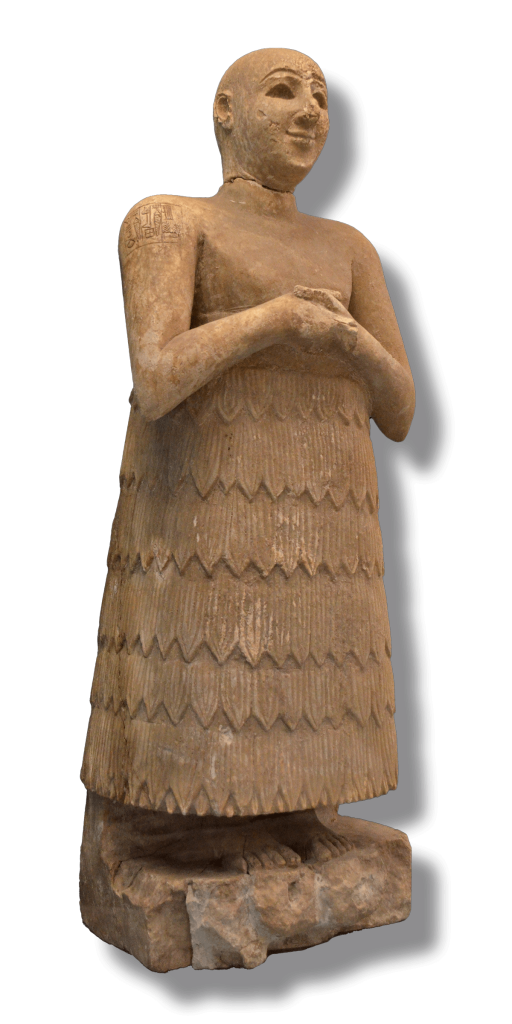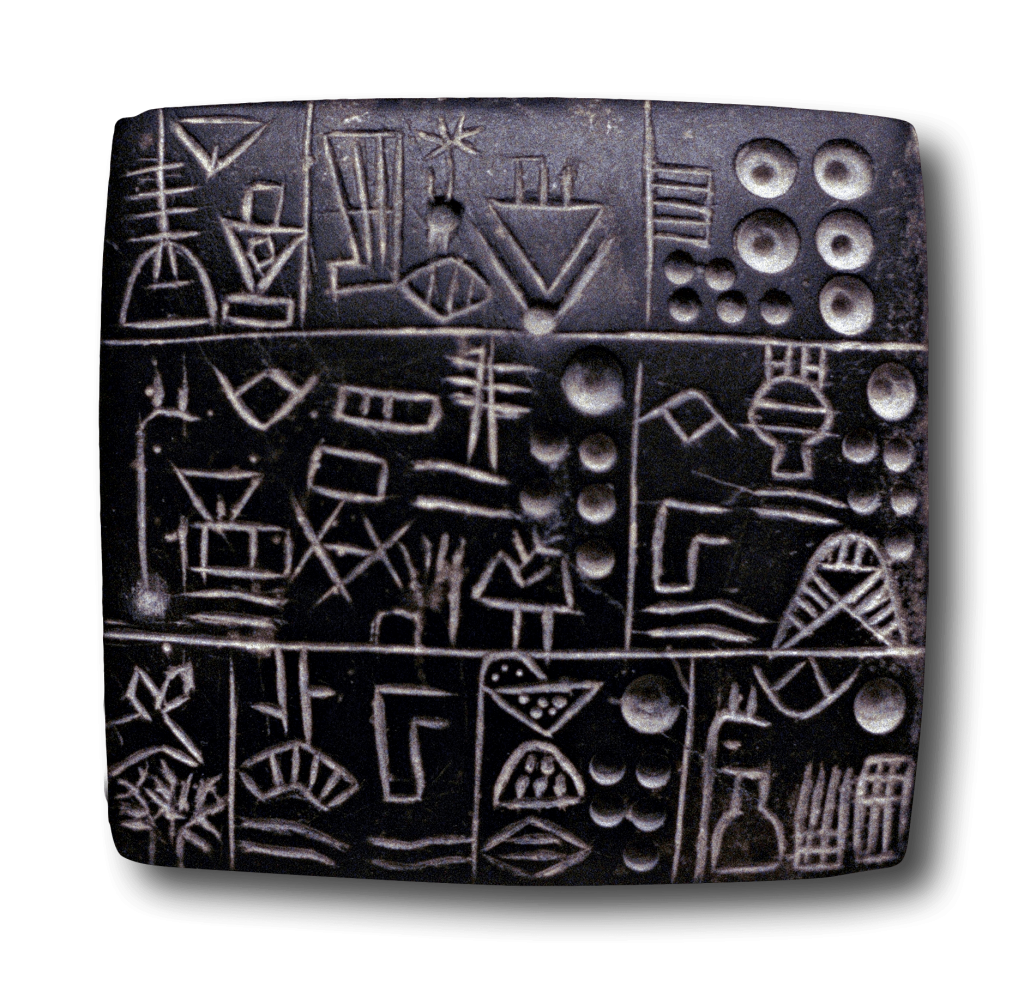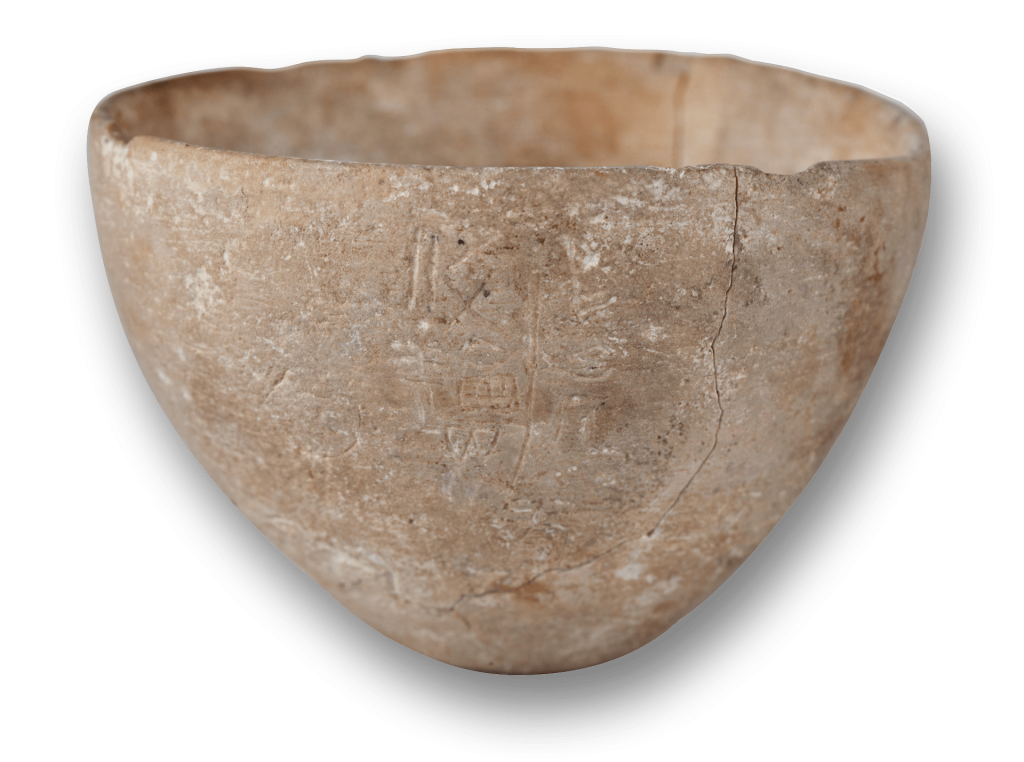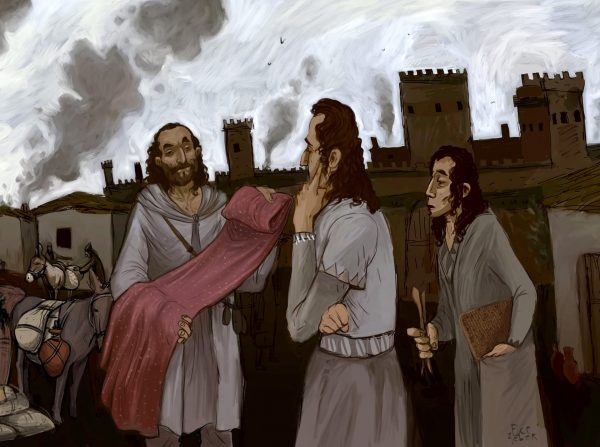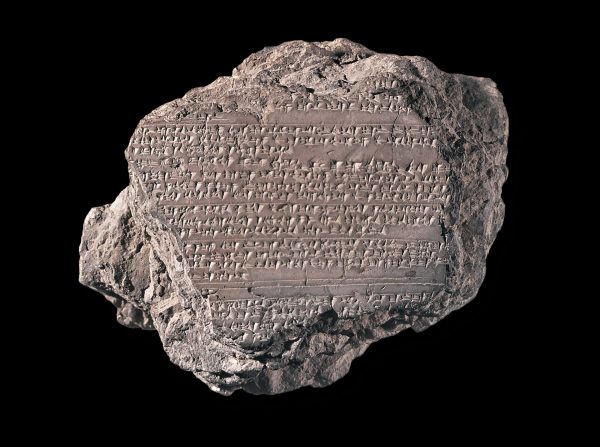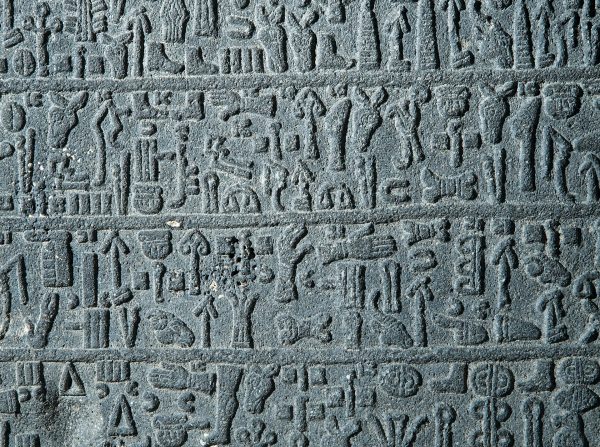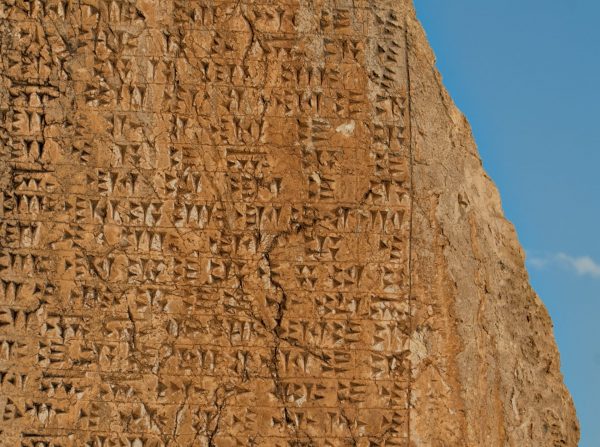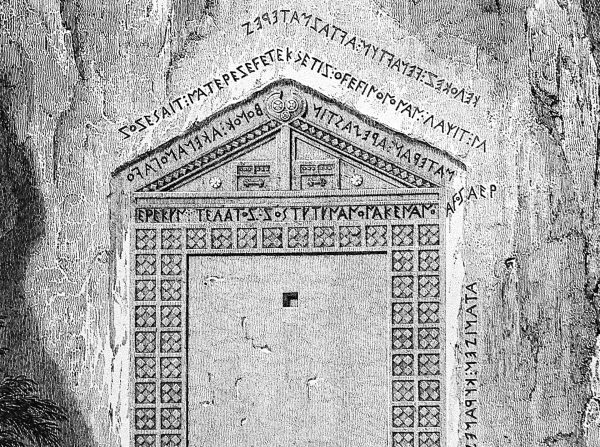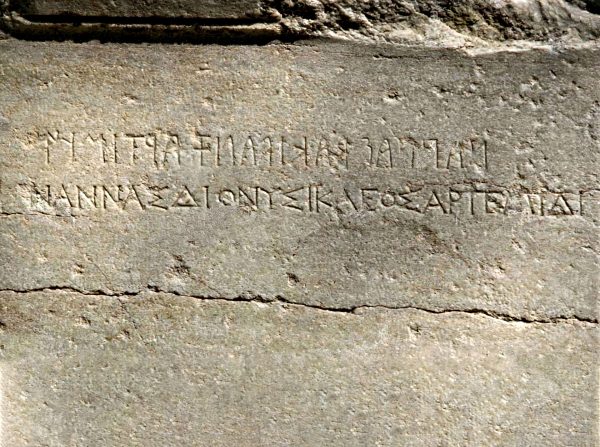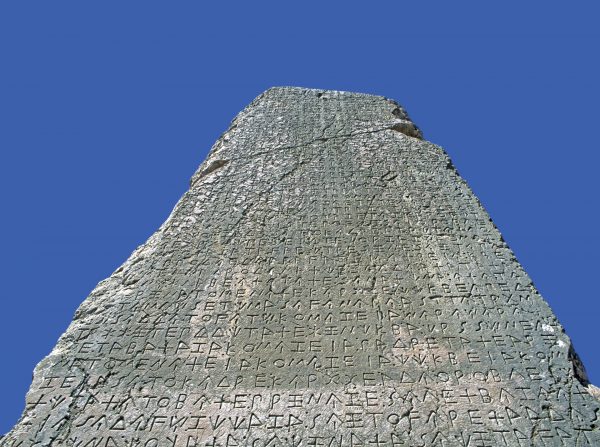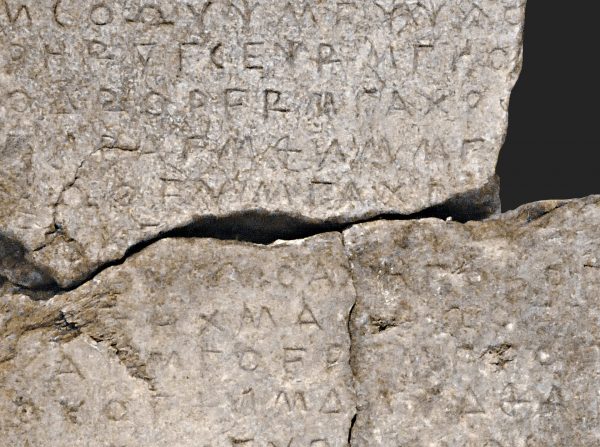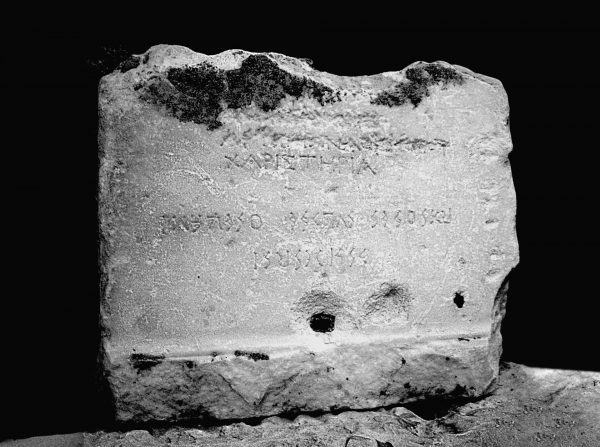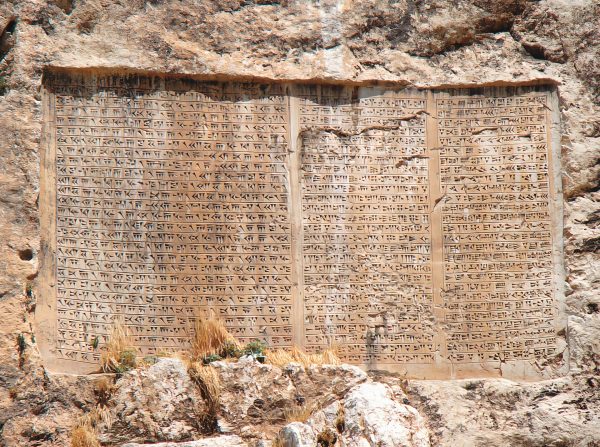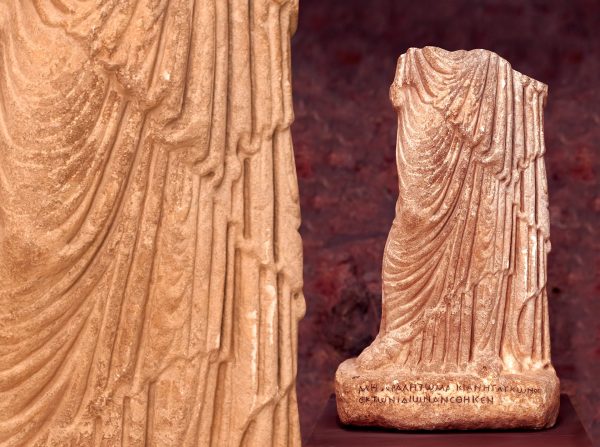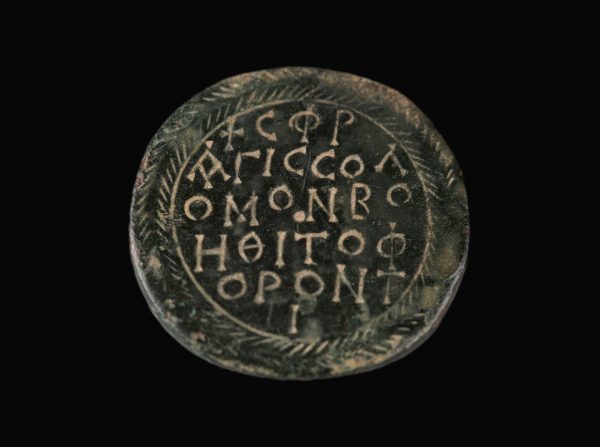The transition to settled life came about with the Neolithic Era (circa 9000 BC) Following the changes in the challenges of survival, language was forced to develop as well. Stones, bones, and other materials carrying pictographic signs were used as tools of communication. Considered as the prototype of writing, these signs evolved over time into ideograms and symbols. However, as these signs did not express sentences or words representing a specific idea or an abstract concept, a method known as “acrophony” was developed to articulate these concepts. Accordingly, the phonetic value of single-syllable words, which were easier to depict as pictures, were also used for other words carrying the same sound. Through the acrophonic method, humankind identified sounds and syllables were born out of this. In the ideogram that emerged in the 3rd millennium BC, in which the first syllable system was born, several pictorial signs were combined to create a meaningful word. Writing evolved through this process.


